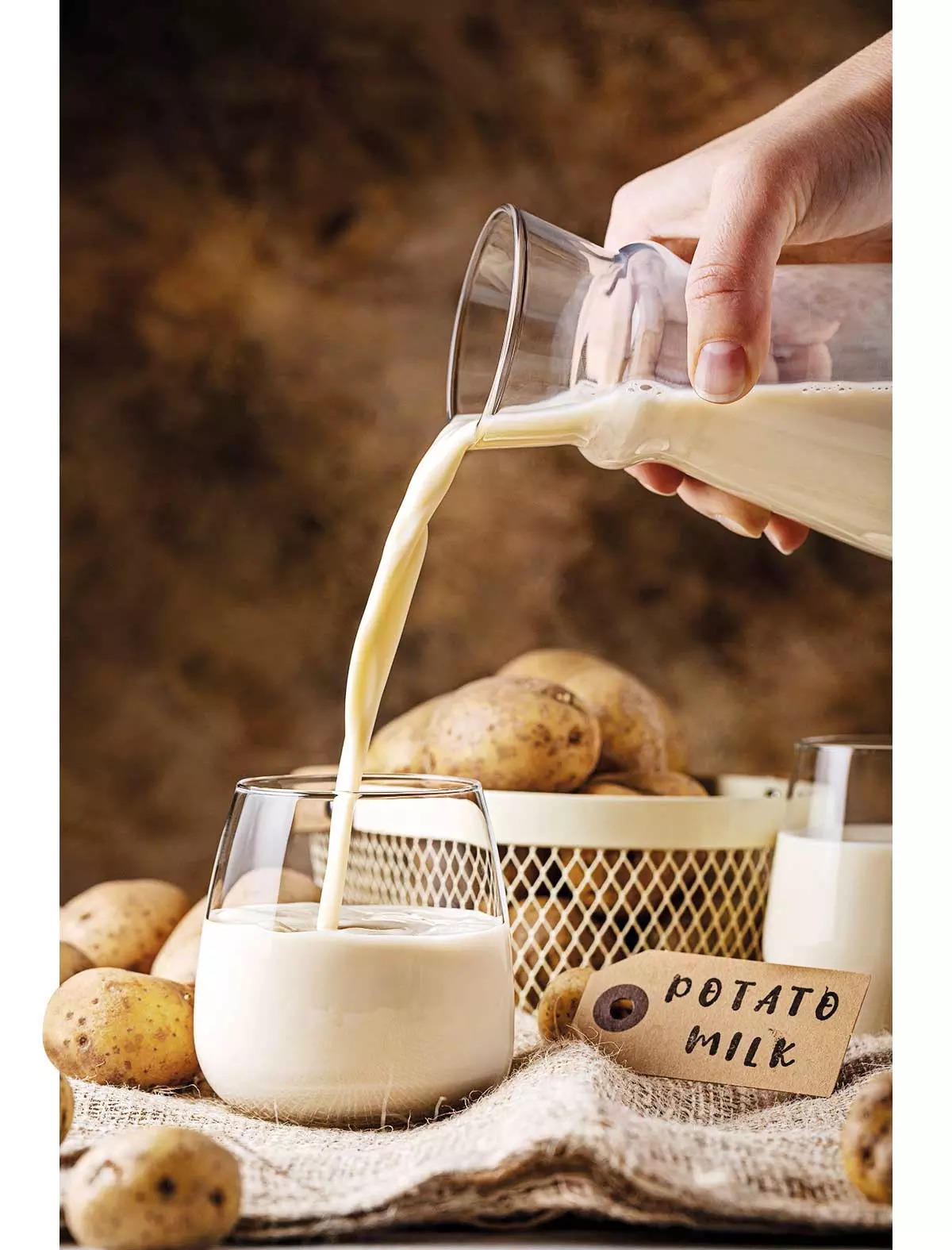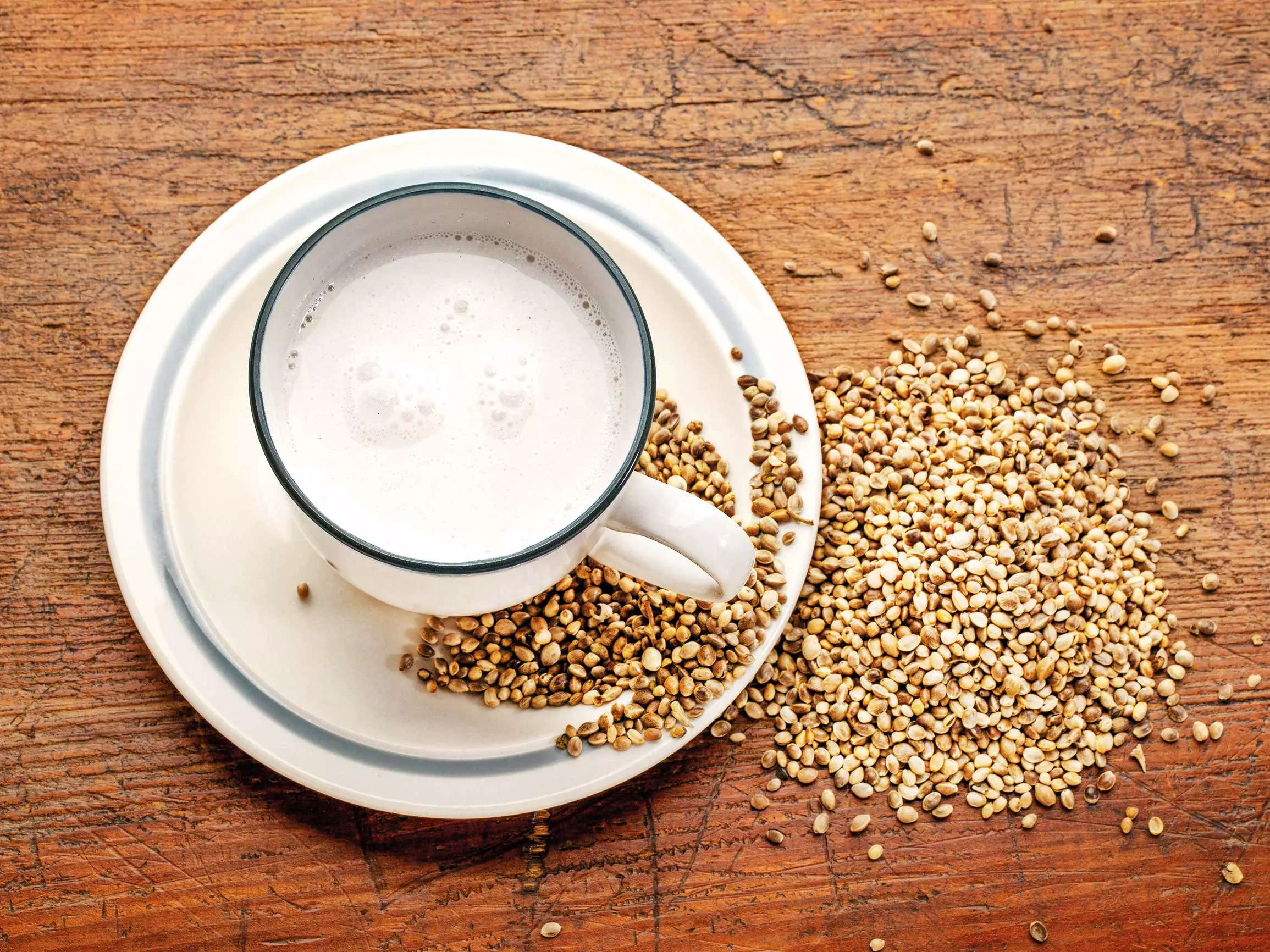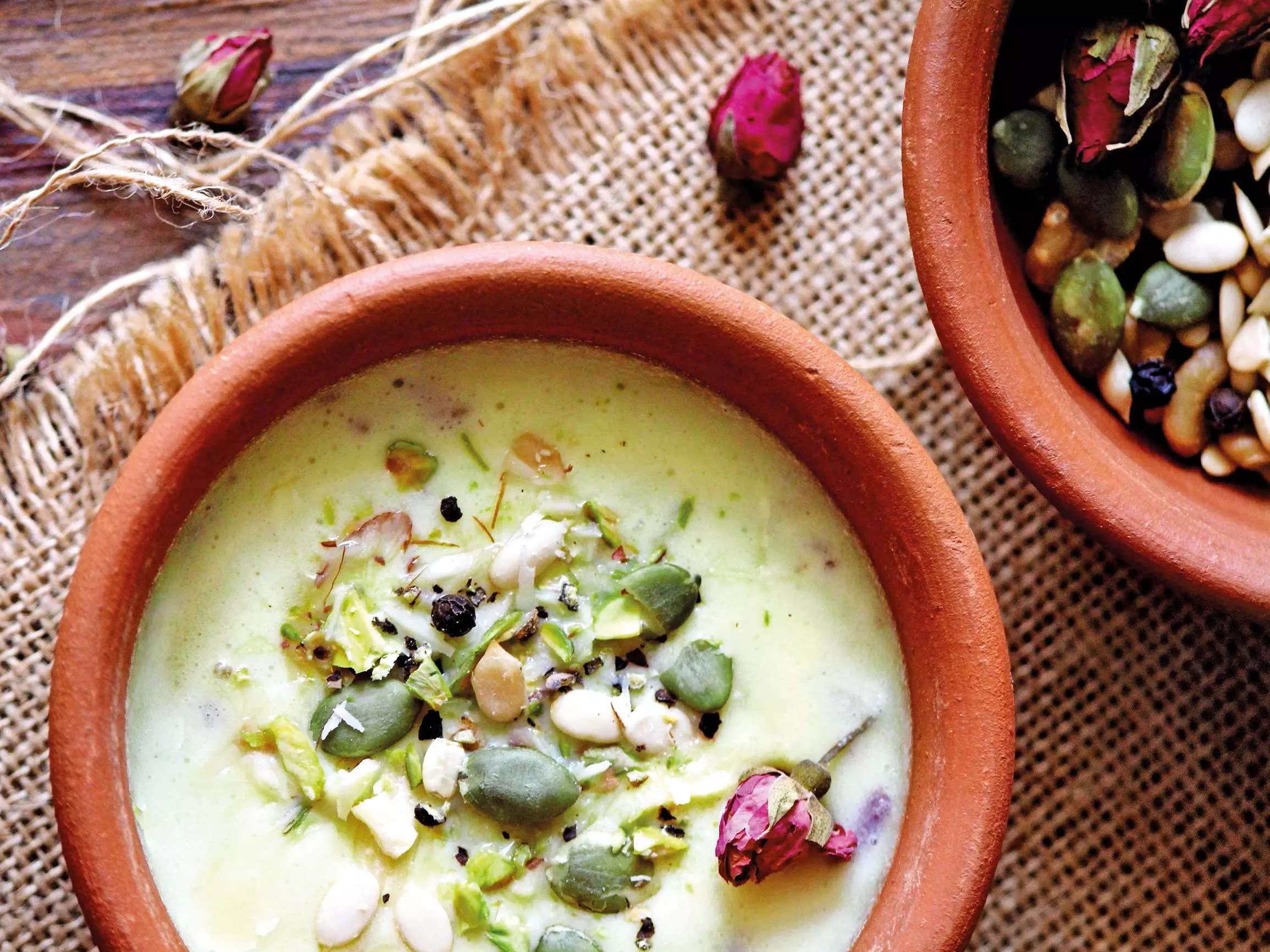From timesofindia.indiatimes.com
Oats, soy, nuts, potatoes – the hunt is on for newer sources of vegan, dairy-free milk that works best for us. Whether it is to reduce our carbon footprint, deal with lactose intolerance or simply to embrace a life of conscious consumption, there is a wide array of plant-based milks to choose from.“Other than it being just a trend, going vegan or gluten free is a huge shift in the market. People have become more aware of the local, vegetarian produce and are curious to try it,’’ says Delhi chef and restaurateur Vanshika Bhatia. “Plant-based milk is a trending choice as it has fewer calories and less saturated fat than dairy milk,’’ says Nisha Vora, author and vegan chef from San Diego, US. According to her, since not all plant-based milks are rich in protein and calcium, one should make an informed choice before making the switch.
Besides, while many of the nut milks such as almond, walnut and cashew, can be made easily at home, something like potato milk is best bought off the shelves. So here’s what you need to know about vegan milk before you say, “Got milk?”
All the good stuff: Great for berry smoothies, coffee and oatmeal, potato milk is an environment friendly choice that is rich in vitamin C, magnesium and potassium.
Word of caution: While it can be made at home, homemade potato milk is an acquired taste. Also, it can curdle when added to hot beverages.

All the good stuff: The nutty flavoured hemp milk, packed with vitamin A, phosphorus and omega 3, goes really well with coffee and breakfast cereals. Can replace dairy milk to make delicious and creamy smoothies and is great for rejuvenating skin, hair and heart health.
Word of caution: As it is produced from the seeds of a cannabis plant, hemp milk can cause mild allergic reactions in some people.

All the good stuff: Stable at high temperatures so good for cooking and baking. Foams beautifully for tea and coffee. Rich in cardio-protective, antioxidants and anti-inflammatory properties, promotes gut health, manages cholesterol.
Word of caution: Soy milk is tricky to make at home as the enzymes in the beans can turn the milk bitter. Also, it’s not advisable for those with hypothyroidism.

All the good stuff: Creamier, sweeter and more versatile, almond and cashew milks are an excellent choice for both savoury dishes and desserts. Almond milk also makes for an excellent breakfast choice for cereals and smoothies and is good for vegans who wish to attain a lean body. Easy to make at home: Soak almonds overnight, drain, blend with salt or any natural flavours and serve!
Word of caution: Some varieties of cashew and almond milks are sweetened and unsuitable for a low glycaemic diet.
Saeb Kheer: Apple cooked in almond milk, jaggery, chilled and served with nuts, lightly toasted pepita, mixed melon seeds, crushed peppercorns and edible dried rose petals. Almond milk is naturally sweet, imparts a nutty flavour and has a texture similar to that of cow milk. The flavours of apple and almonds are delish pairing, the kheer is richer and creamier.
MILLET MILKAll the good stuff: Gluten-free, diabetic friendly, slow to digest, rich in antioxidants, millet milk has a fabulously sweet taste, minus the bad things.
Word of caution: While you can make milk from ragi, foxtail or sprouted grains, it is a slightly elaborate process that involves pressure cooking, blending, straining. Also, not advisable for hypothyroidism.
All the good stuff: Adds creamy texture to your culinary experiment, especially latte art, pasta, baked goodies and soups, the frothy texture of oat milk works wonders.
Word of caution: While it’s a good dairy alternative when used in moderation, oat milk has a very low protein content but high fat concentration, making it a grey area for diabetics.
How to make milk from oats
l 1 cup of rolled oats
l 3-4 cups of ice water
l ½ teaspoon of vanilla extract
l 2 tablespoons of maple syrup
l A pinch of salt
METHOD
l Strain the oat milk by draping a nut milk bag or a cheesecloth over a large bowl.
l Strain it a second time if required to remove any remaining solids.
l Refrigerate and remember to stir before every use.
— Sundas Jawed; Inputs by Nisha Vora
— Pic credit: Reetu Uday Kugaji
No comments:
Post a Comment